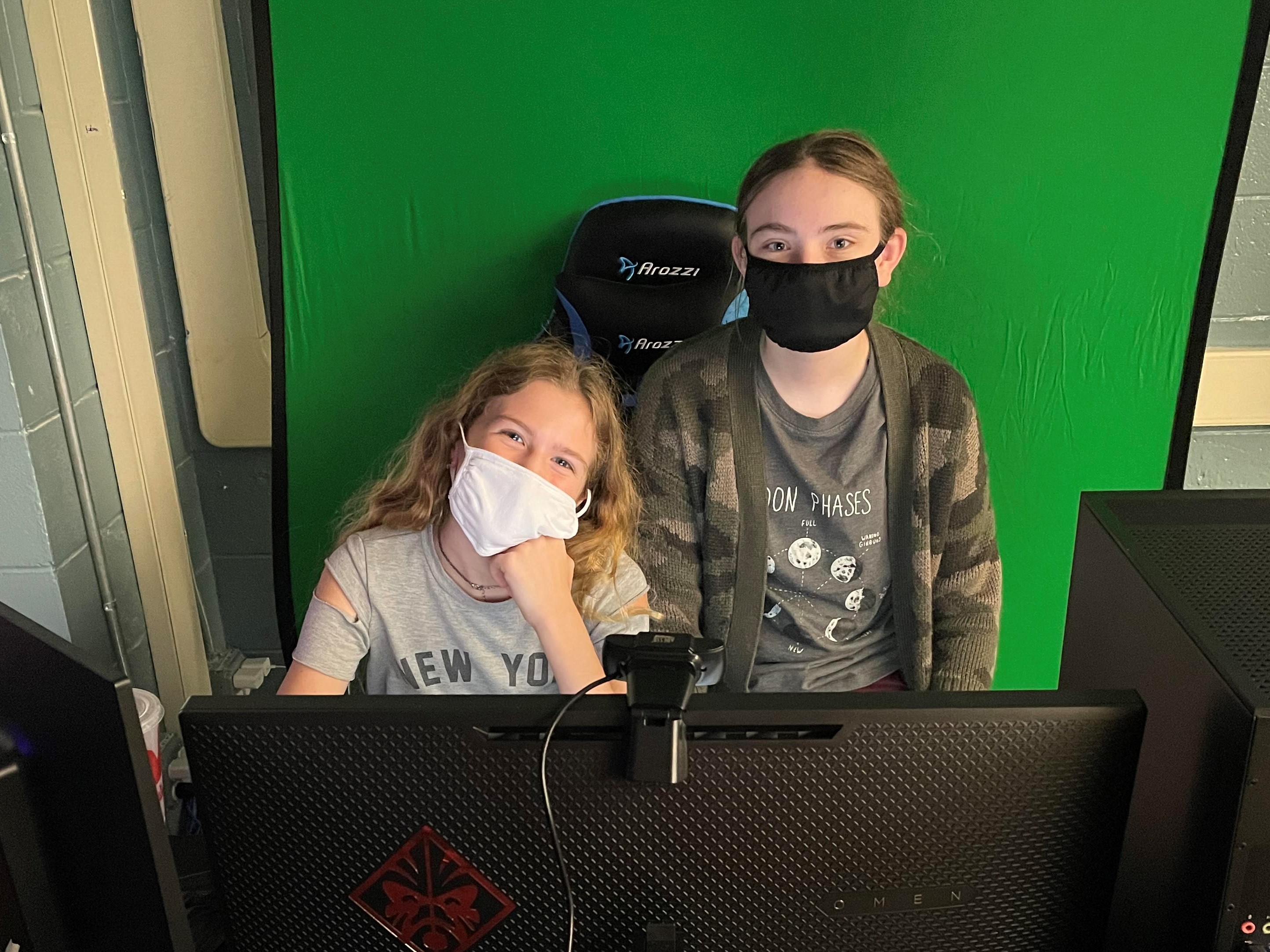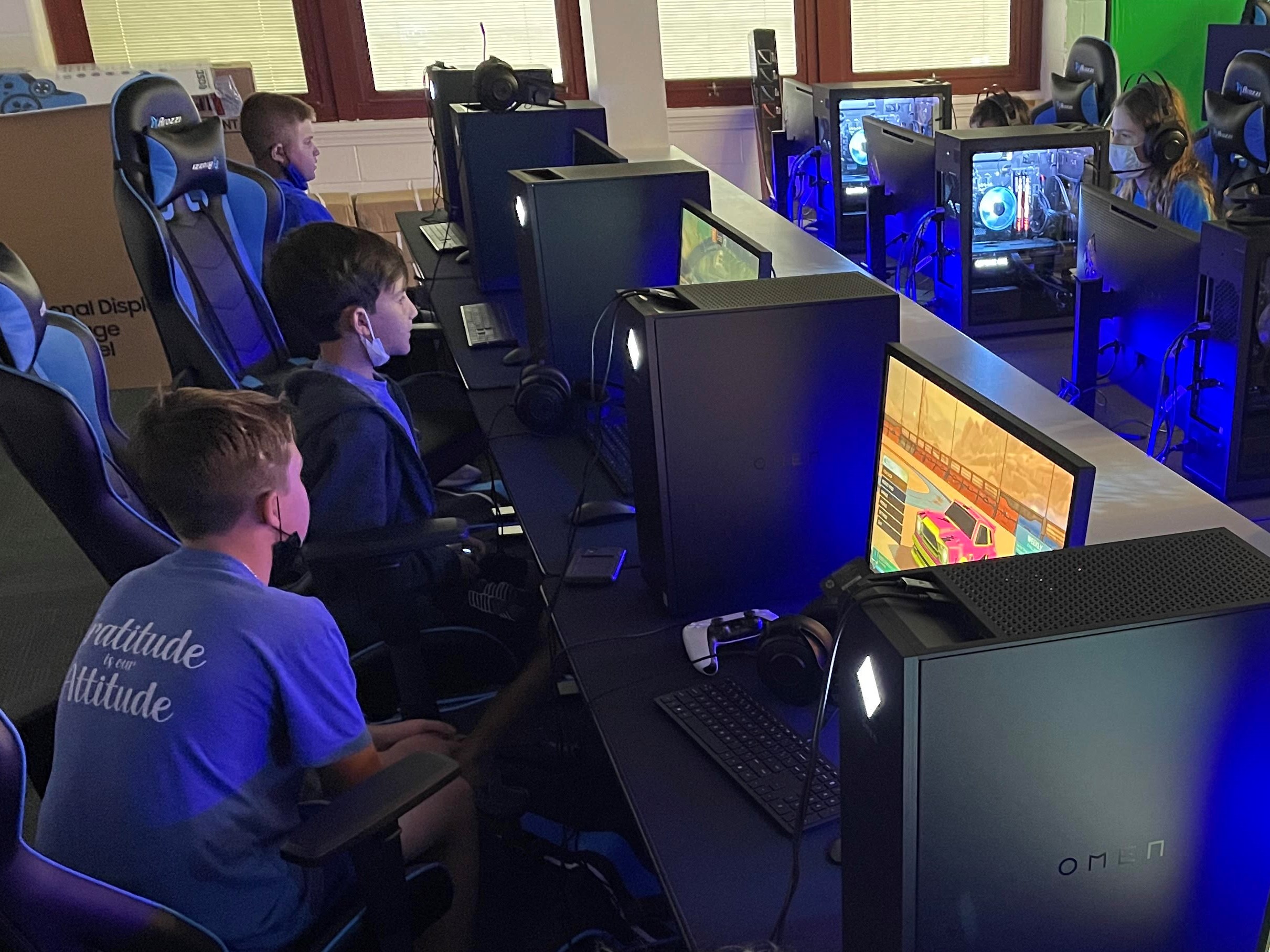Scholastic Esports: Current Trends and the Future
Scholastic esports continue to thrive and present new opportunities for student growth

On the back of the COVID-driven esports industry boom, national adoption of scholastic esports has continued to grow at an astounding pace. Scholastic esports, video game competitions between schools, has not only provided students with the same social and emotional learning (SEL) benefits of traditional athletics, such as improved teamwork, leadership, and a sense of belonging, but esports is also being used as a lens to teach everything from career and technical education (CTE) to literacy and STEM to students from kindergarten through high school.
It should come as no surprise that teachers are the ones doing the groundbreaking work in scholastic esports, but what is surprising is the level to which they have taken their passion for esports. Shunning for-profit esports leagues to ensure the best possible student experience, teachers in more than fifteen states have started their own grass-roots nonprofit organizations to oversee esports competitions in their state. I am one of those educators.
When COVID hit, I decided to start Garden State Esports, a free-to-join 501(c)(3), to help students stay connected through gaming and to help schools in New Jersey use scholastic esports as a platform for ALL students to grow. I quickly fell in with the other state organizations, who together serve almost 40,000 students.
With access to such diverse perspectives and understanding of what scholastic esports should entail, who better to ask for an update on the current state of scholastic esports and the emerging, exciting trends they’re seeing.
Scholastic Esports: Dramatic Growth and Deep Connections

"I don't think anyone should be surprised that esports is taking off in schools,” says Mike Dahle, who has seen his organization Wisconsin High School Esports Association grow more than 500% since 2018. “We know an overwhelming majority of our students are gaming and this uses it to a positive. It creates a structured approach teaching our students teamwork, collaboration, accountability, responsibility and all those other good things. And for many students, this is their only extra curricular that connects them to their school community, which for many districts getting 100% of students involved in extracurriculars is a major initiative."
Last spring when most other sports were cancelled because of COVID, Nick Rider of Esports Ohio had more than 3,000 students across 140 high schools competing from home. Those students were surveyed and it was revealed that 75% of Esports Ohio participants were competing in their first-ever sport.
Now that most schools and activities are beginning to trend back to in-person, Esports Ohio wants to continue to grow the connections and sense of belonging many students developed during COVID. With in-person play now possible, Esports Ohio has setup regional leagues so schools could play against other nearby schools. They’ve also partnered with several universities across the state so that these regional leagues have a place to play in-person finals.
Tools and ideas to transform education. Sign up below.
Beyond the excitement of face-to-face competition, Rider hopes that students will have the opportunity to meet and grow relationships with the peers they’ve been competing against throughout COVID.
Prepping the Future Workforce
Tony Gragnani from Missouri Scholastic Esports Federation is not only seeing the same growth as Ohio and Wisconsin, but they are also one of many state organizations putting new or extra emphasis on educating athletes on the career pathways available in the esports ecosystem. “MOSEF continues to see tremendous growth,” Gragnani says. “We are adding new schools almost weekly. What excites me the most is the opportunities we are creating for students through esports. Our students are doing everything from shoutcasting and graphic design to digital production and statistics through esports.”
The Illinois High School Esports Association is also focused on empowering tomorrow’s workforce. “Not only will IHSEA continue to offer opportunities for students to build community through our online spaces and compete through our tournaments, but we are most excited about new opportunities for students to get involved with IHSEA as an organization,” says IHSEA co-founder Todd McFarlin. “These opportunities include the addition of various internships with IHSEA to gain hands-on skills training that will be useful beyond high school.”
Washington State Scholastic Esports Association Executive Director Jason Dilley is also using esports as a vehicle for CTE. “Ultimately, WSSEA's mission is to help students grow not just socially and emotionally, but intellectually and professionally as well,” says Dilley. “That’s why we’ve partnered with Highschool.gg to provide CTE competitions in shoutcasting, video production, and other up-and-coming, lucrative careers in the esports ecosystem. These CTE competitions will expand our audience that can access and benefit from esports while also giving students authentic career experiences to prepare them for work in the field."
Social and Emotional Growth
Garden State Esports’ neighbor to the west, the Pennsylvania Scholastic Esports League (PSEL), also continues to grow in popularity. Led by Kammas Kersch, PSEL is supporting more than 100 schools across the Commonwealth. Kersch says administrators and school leaders are seeking ways to get students involved and engaged in their school communities and scholastic esports is helping to make that happen. Esports clubs are being used for more than gaming. “Scholastic esports is a place for students to learn valuable social-emotional, technical, and problem-solving skills,” says Kersch. “We are connecting students to college and career opportunities to help them discover their passions and prepare for their futures through esports.”
Nate Thompson, from the Indiana Esports Network, agrees with Kersch’s belief that scholastic esports has the power to grow students socially and emotionally. IHSEN recently announced that they would be adding Unified Esports, in partnership with Special Olympics Indiana, to IHSEN programming. “The Unified Esports Experience will allow students to meet and connect with peers they may not normally get to interact with,” says Thompson. “It’s a win/win for everyone involved because now students will get to see ALL of the students in their school and not just who they see on a daily basis.”
My own organization, Garden State Esports, will be working with Rutgers University on two different studies that will measure the impact of our SEL curriculum, the Esports Personal and Performance Improvement Curriculum (EPPIC), on a student’s social and emotional growth. We believe that our curriculum will show student growth in CASEL’s 5 Core Competencies and improved attendance, behavior, and learning outcomes.
The incredible growth of our esports communities nationwide is a byproduct of passionate teachers doing the work. As scholastic esports trends continue to evolve, it is becoming more clear that there is a need for the work being done not just in the classroom, but at the state level as well to ensure our programs are safe, inclusive spaces in schools used to help kids achieve more. I’m lucky to have the expertise and passion of these other wonderful leaders to tap into and, like many scholastic esports programs around the country, we are excited to take the work we are doing together to the next level. Big news to come!
Chris Aviles is a STEM teacher, edtech specialist, and president of Garden State Esports. He is also a regular contributor to Tech & Learning.
